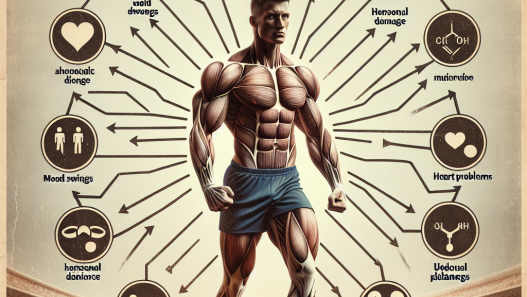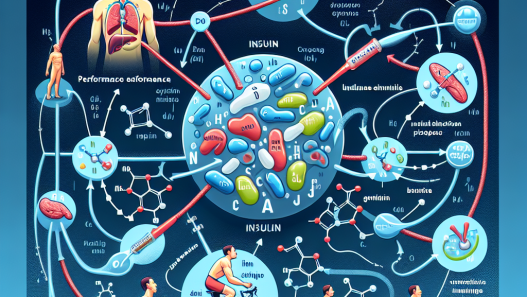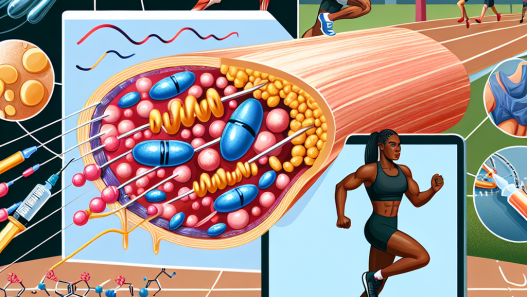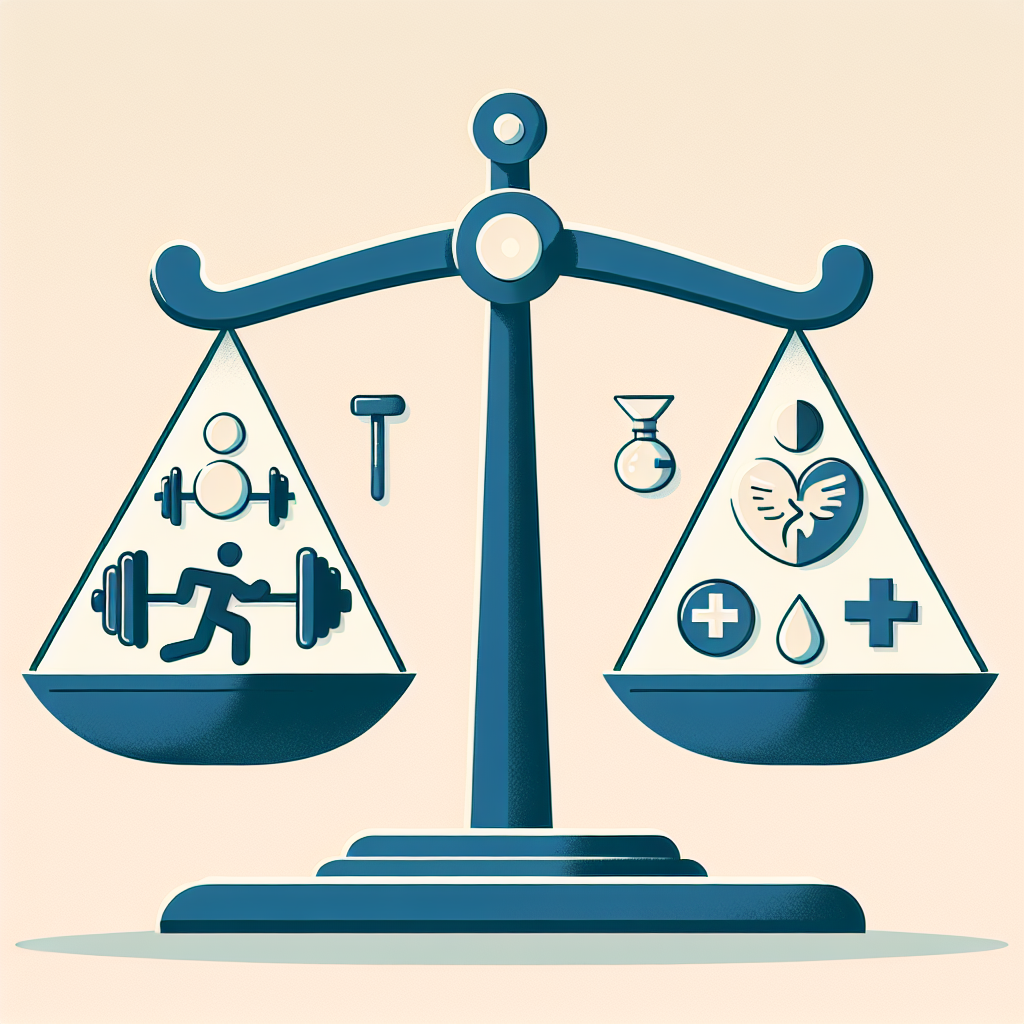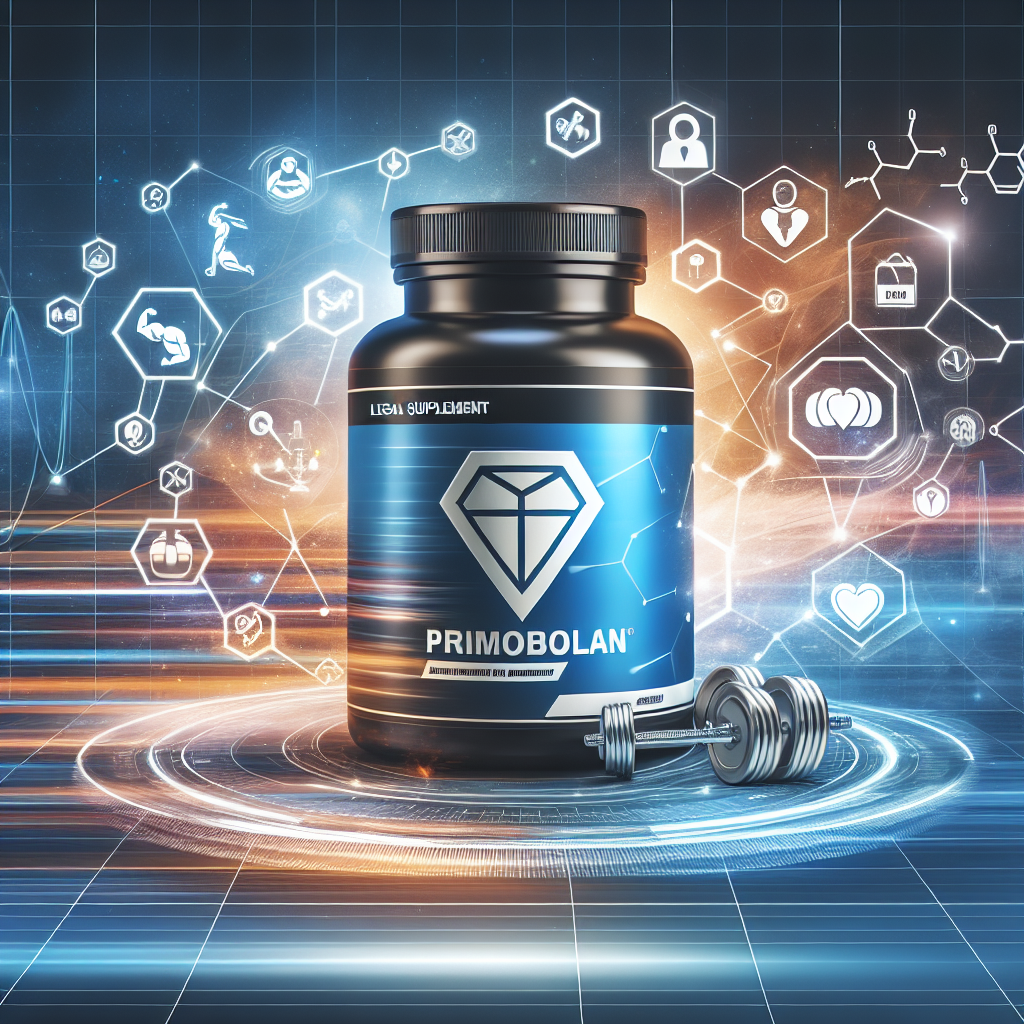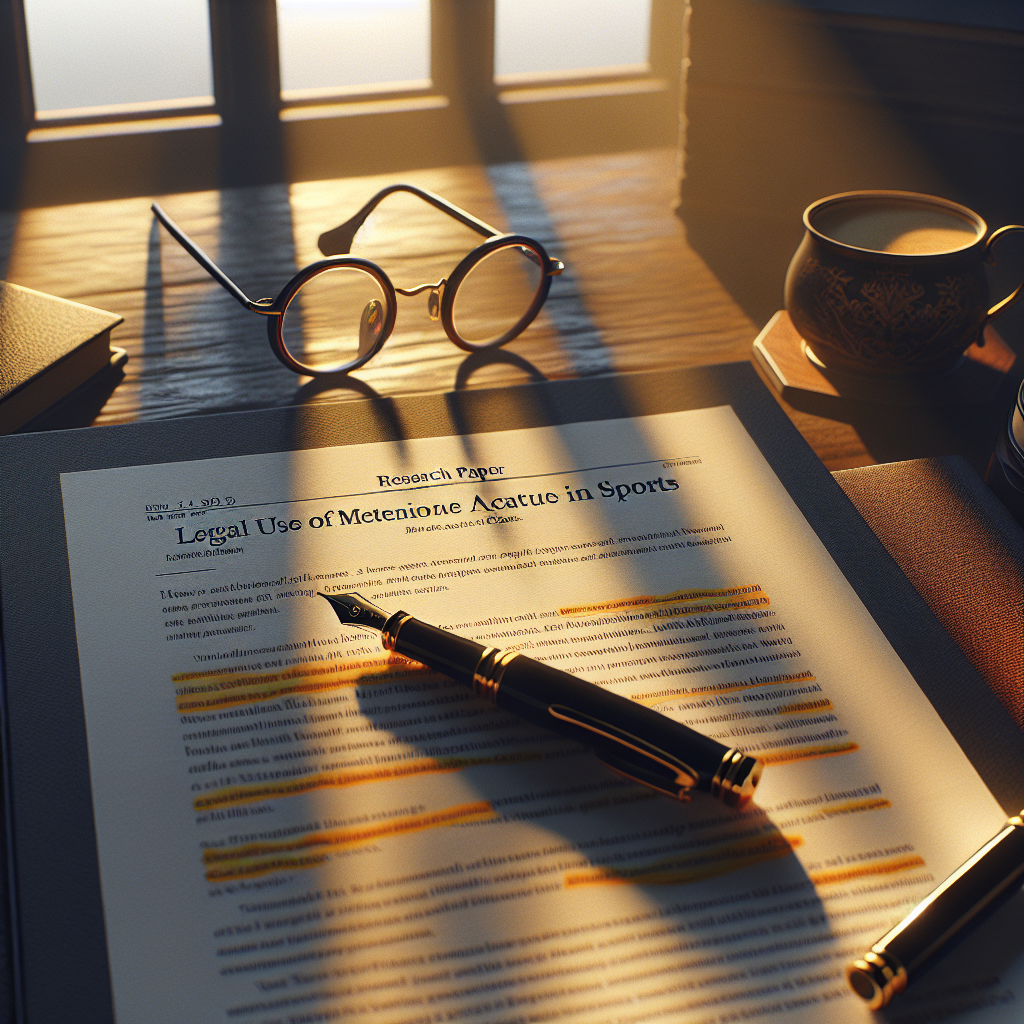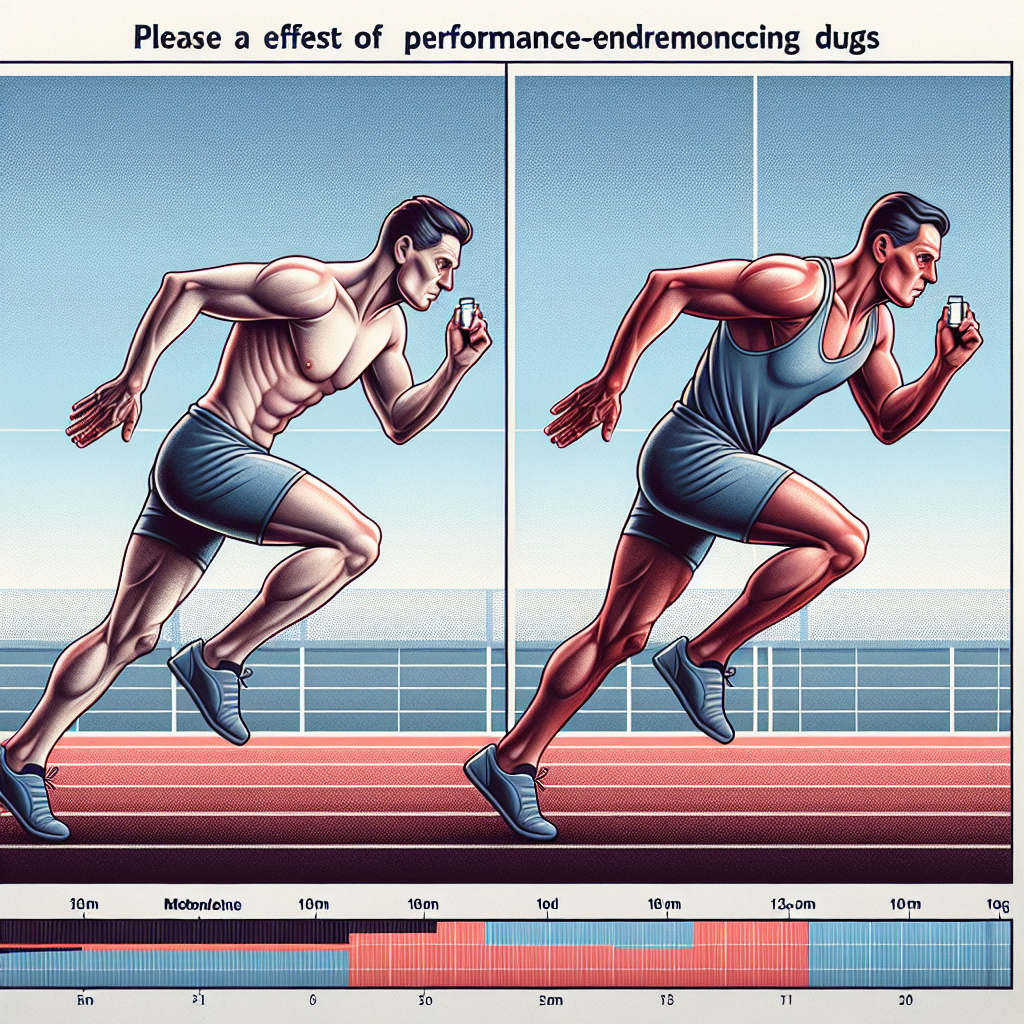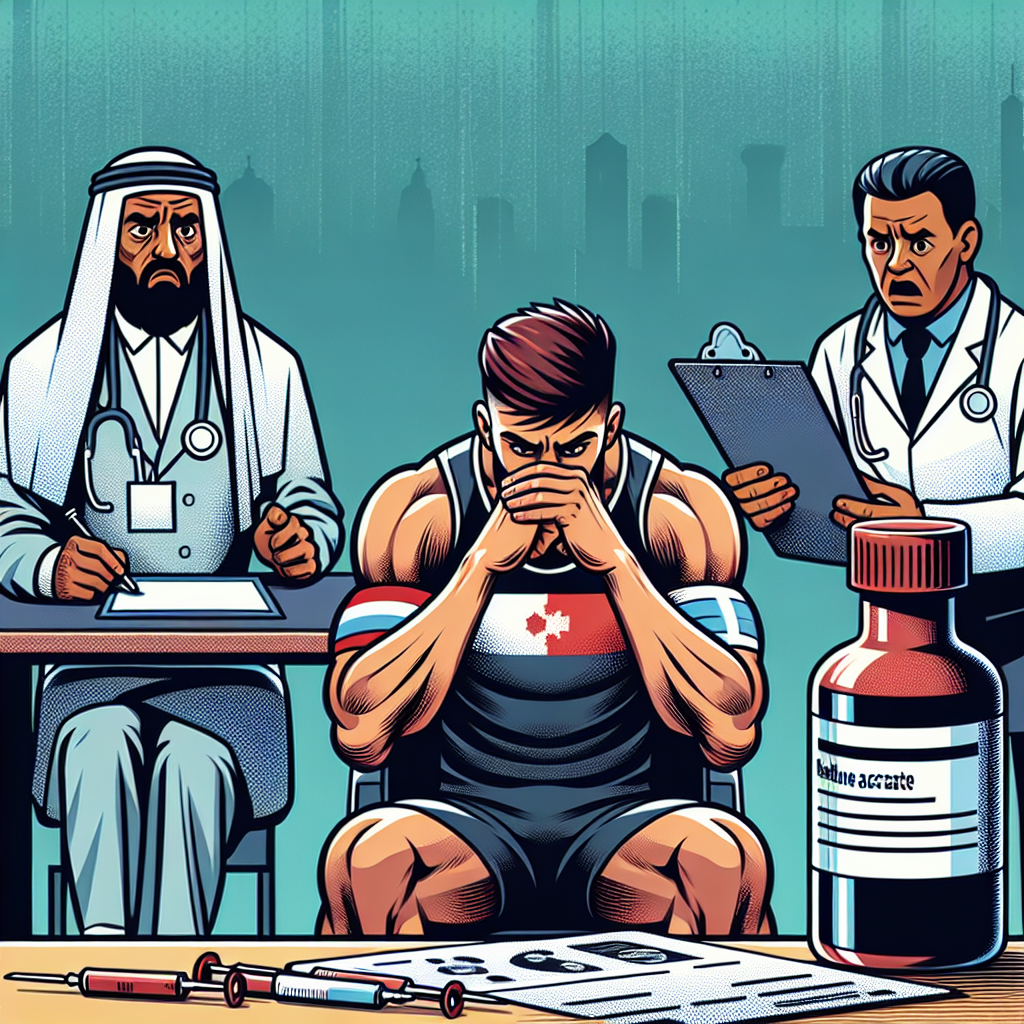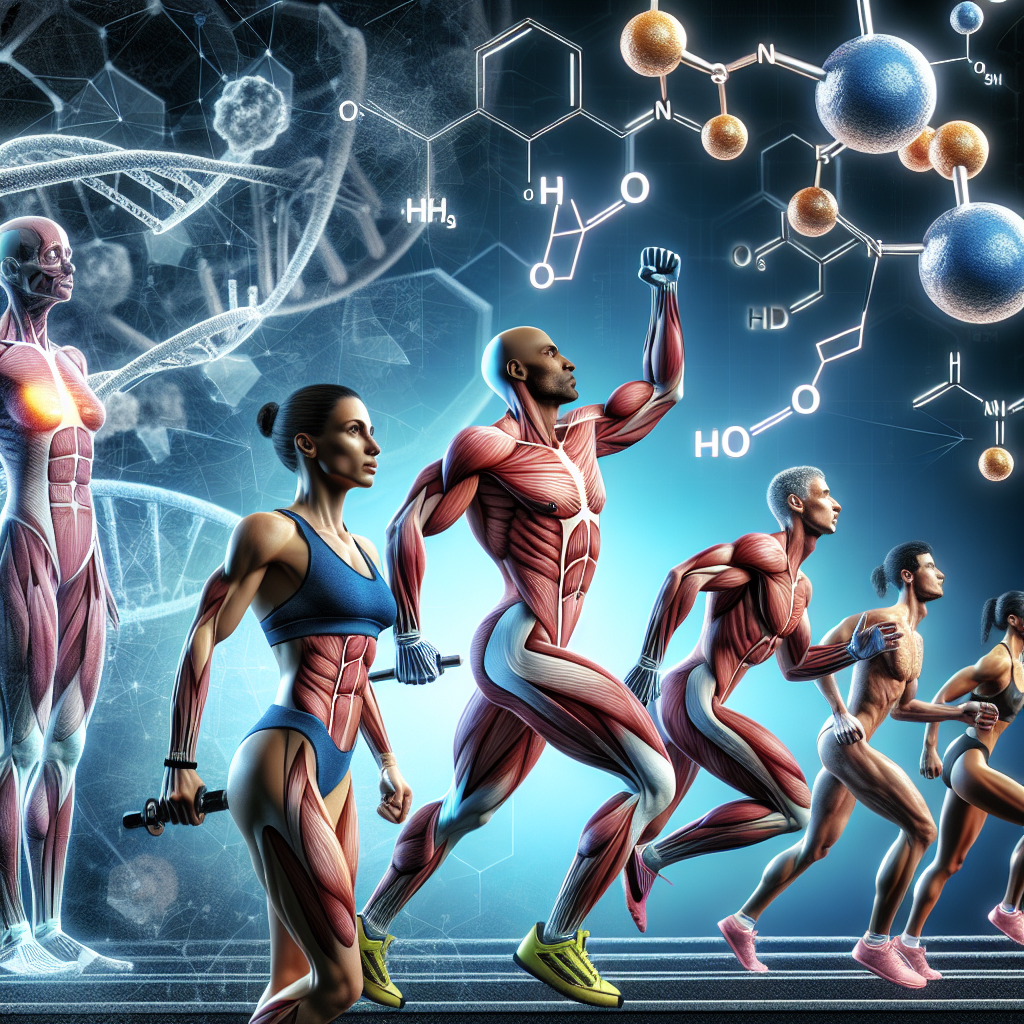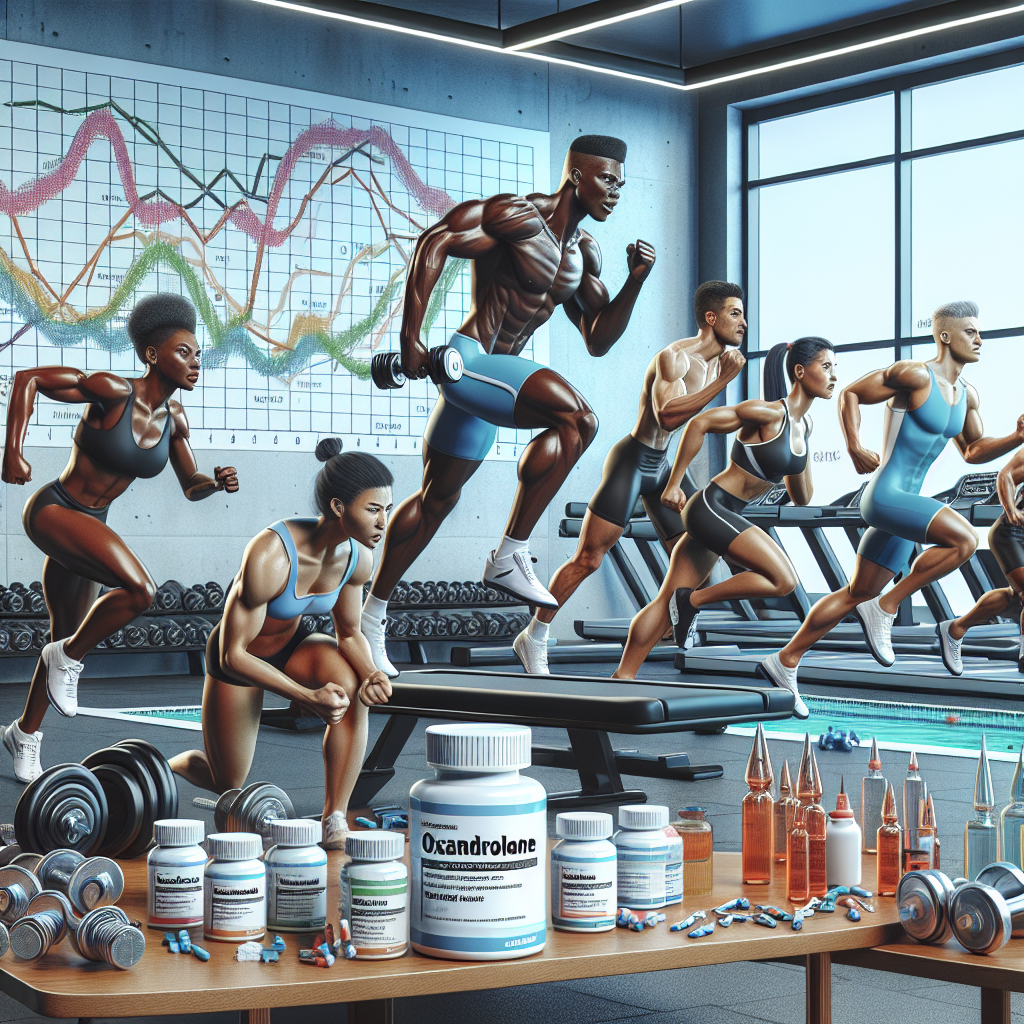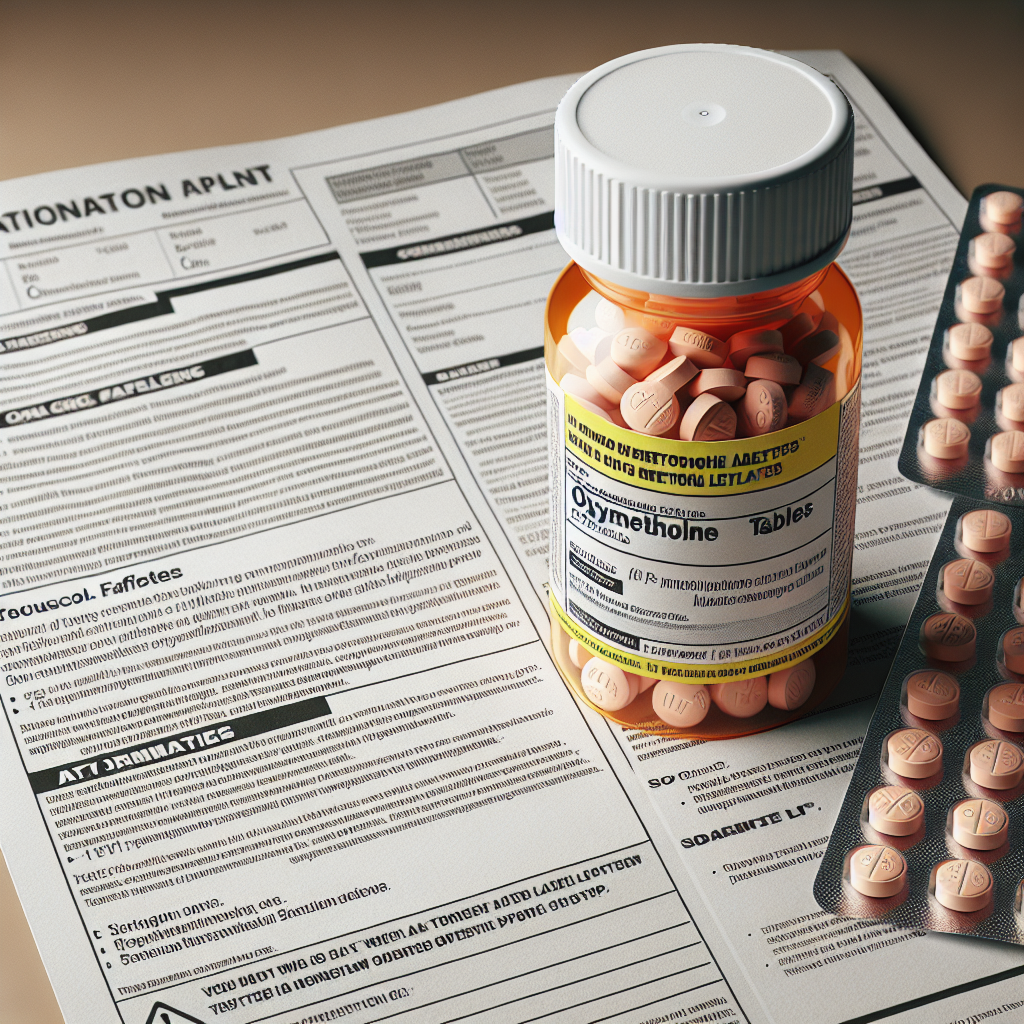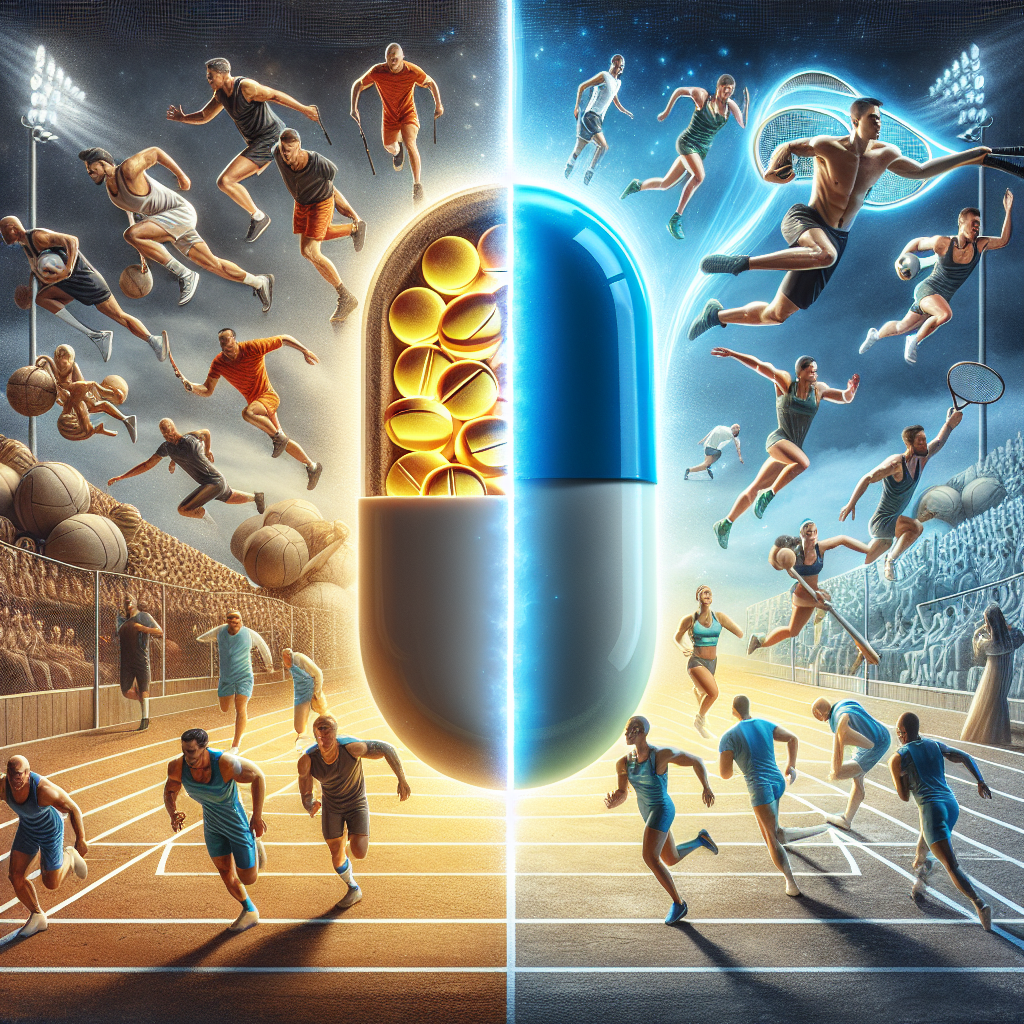-
Table of Contents
- Unveiling the Positive and Negative Effects of Primobolan in Sports
- The Positive Effects of Primobolan in Sports
- 1. Increased Muscle Mass
- 2. Improved Performance
- 3. Low Risk of Estrogenic Side Effects
- 4. Minimal Androgenic Side Effects
- The Negative Effects of Primobolan in Sports
- 1. Liver Toxicity
- 2. Suppression of Natural Testosterone Production
- 3. Cardiovascular Risks
- 4. Potential for Abuse
- Expert Opinion
- Conclusion
- References
Unveiling the Positive and Negative Effects of Primobolan in Sports
Primobolan, also known as methenolone, is a popular anabolic steroid used by athletes and bodybuilders to enhance performance and improve physical appearance. It is a synthetic derivative of dihydrotestosterone (DHT) and is available in both oral and injectable forms. While it has been widely used in the sports world, there is still much debate surrounding its effects on athletic performance and overall health. In this article, we will delve into the positive and negative effects of Primobolan in sports, backed by scientific evidence and expert opinions.
The Positive Effects of Primobolan in Sports
Primobolan is primarily used by athletes and bodybuilders for its anabolic properties, which promote muscle growth and strength. It is also known to have a low androgenic effect, making it a popular choice for female athletes. Here are some of the positive effects of Primobolan in sports:
1. Increased Muscle Mass
One of the main reasons athletes use Primobolan is to increase muscle mass. Studies have shown that it can significantly increase lean body mass and muscle strength when combined with resistance training (Bhasin et al. 1996). This makes it a popular choice for bodybuilders looking to bulk up and improve their physique.
2. Improved Performance
Primobolan has been shown to improve athletic performance by increasing muscle strength and endurance. It also has a positive effect on red blood cell production, which can improve oxygen delivery to muscles and delay fatigue (Kicman 2008). This can be especially beneficial for endurance athletes, such as runners and cyclists.
3. Low Risk of Estrogenic Side Effects
Unlike other anabolic steroids, Primobolan does not convert to estrogen in the body. This means that users are less likely to experience estrogenic side effects such as water retention, gynecomastia, and high blood pressure. This makes it a safer option for athletes, especially those who are sensitive to estrogenic effects.
4. Minimal Androgenic Side Effects
Primobolan has a low androgenic effect, meaning it is less likely to cause side effects such as acne, hair loss, and aggression. This makes it a popular choice for female athletes, as they are less likely to experience virilization (development of male characteristics) compared to other steroids.
The Negative Effects of Primobolan in Sports
While Primobolan has many positive effects, it is not without its drawbacks. Here are some of the negative effects of Primobolan in sports:
1. Liver Toxicity
Like most oral steroids, Primobolan can be toxic to the liver. This is because it is metabolized by the liver, which can put a strain on this vital organ. Long-term use of Primobolan can lead to liver damage, so it is important to use it responsibly and for short periods of time.
2. Suppression of Natural Testosterone Production
Primobolan, like other anabolic steroids, can suppress the body’s natural production of testosterone. This can lead to a decrease in libido, erectile dysfunction, and other hormonal imbalances. It is important to use Primobolan with caution and to follow proper post-cycle therapy to help restore natural testosterone levels.
3. Cardiovascular Risks
While Primobolan has a low androgenic effect, it can still have negative effects on cardiovascular health. Studies have shown that anabolic steroids can increase the risk of heart disease, stroke, and other cardiovascular issues (Baggish et al. 2010). It is important to monitor blood pressure and cholesterol levels while using Primobolan and to use it responsibly.
4. Potential for Abuse
As with any performance-enhancing drug, there is a risk of abuse with Primobolan. Athletes may be tempted to use higher doses or use it for longer periods of time to achieve better results. This can lead to serious health consequences and should be avoided at all costs.
Expert Opinion
According to Dr. John Hoberman, a leading expert in sports pharmacology, “Primobolan can be a useful tool for athletes looking to improve their performance, but it should be used with caution and under the supervision of a medical professional. Its potential for abuse and negative effects on health should not be taken lightly.”
Conclusion
In conclusion, Primobolan has both positive and negative effects in sports. It can increase muscle mass, improve performance, and have minimal estrogenic and androgenic side effects. However, it also has the potential for liver toxicity, suppression of natural testosterone production, and cardiovascular risks. It is important for athletes to weigh the benefits and risks before using Primobolan and to use it responsibly under the guidance of a medical professional.
References
Baggish, A. L., Weiner, R. B., Kanayama, G., Hudson, J. I., & Pope Jr, H. G. (2010). Cardiovascular toxicity of illicit anabolic-androgenic steroid use. Circulation, 122(17), 1679-1686.
Bhasin, S., Storer, T. W., Berman, N., Callegari, C., Clevenger, B., Phillips, J., … & Casaburi, R. (1996). The effects of supraphysiologic doses of testosterone on muscle size and strength in normal men. New England Journal of Medicine, 335(1), 1-7.
Kicman, A. T. (2008). Pharmacology of anabolic steroids. British Journal of Pharmacology, 154(3), 502-521.

